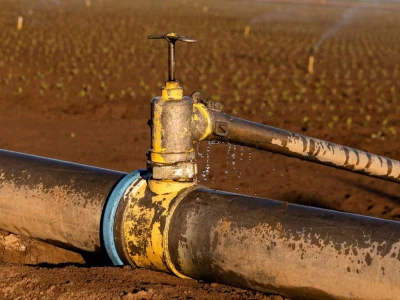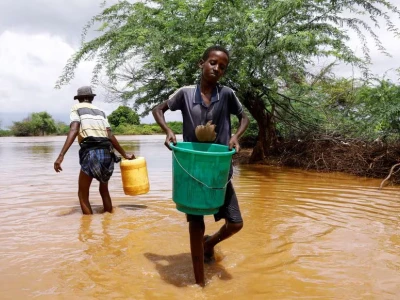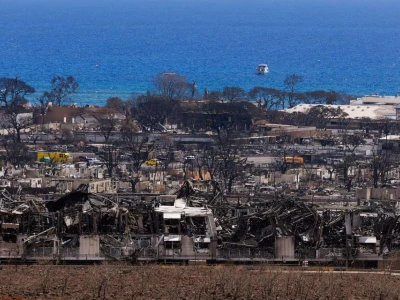
How climate change made Chile's wildfires so deadly
As climate change worsens, scientists say extreme weather will become more frequent and severe.
SANTIAGO, Feb 6 (Reuters) - Survivors of Chile's recent deadly wildfires described a hellish nightmare, a hurricane of fireballs leaping from hill to hill, lighting up everything within its path in seconds.
While the region faces wildfires almost every year, the speed and lethality of last week's blaze was unprecedented. At least 131 people were killed and hundreds are still missing in what was Chile's worst natural disaster in years.
Scientists say the main driving factor for such a devastating event is simple: hotter temperatures.
Part of the reason the wildfires spread so far and so quickly was high winds. Raul Cordero, a climatologist at the University of Santiago, says strong summer winds are common in central Chile since air coming down from the Andes mountain range and other elevated areas compresses and heats up.
"What's different this time is that the temperatures were much higher than before," Cordero said. He noted the region was going through a heat wave likely caused by climate change and the El Nino phenomenon, when unusually warm water temperatures off the Pacific coast of South America roil global weather patterns.
"What happened last week is not normal," he said.
Aside from the heat wave that brought scorching temperatures to the Andean nation, Chile has also been suffering from a devastating drought for the last 15 years that helped fuel the wildfire.
"(The drought) created this mass of vegetation that dried out quickly and lost its water content," said Cesar Morales, a water expert at the University of Chile. "So it's really easy with high temperatures for this to catch fire."
Morales added that a similar phenomenon is happening across the Andes in Argentina, but across a larger space with lower population density.
Last week the Nahuel Huapi National Park in neighboring Argentina's Patagonia region caught fire and thousands of hectares (acres) were burnt. In Brazil, wildfires surged in Amazonas state, at the heart of the Amazon rainforest, in October amid a drought driven by climate change.
As climate change worsens, scientists say extreme weather will become more frequent and severe, making deadly events like last week's fires more common.
"Without El Nino or global warming, it's very unlikely we would have had last week's deadly forest fires," Cordero said.




